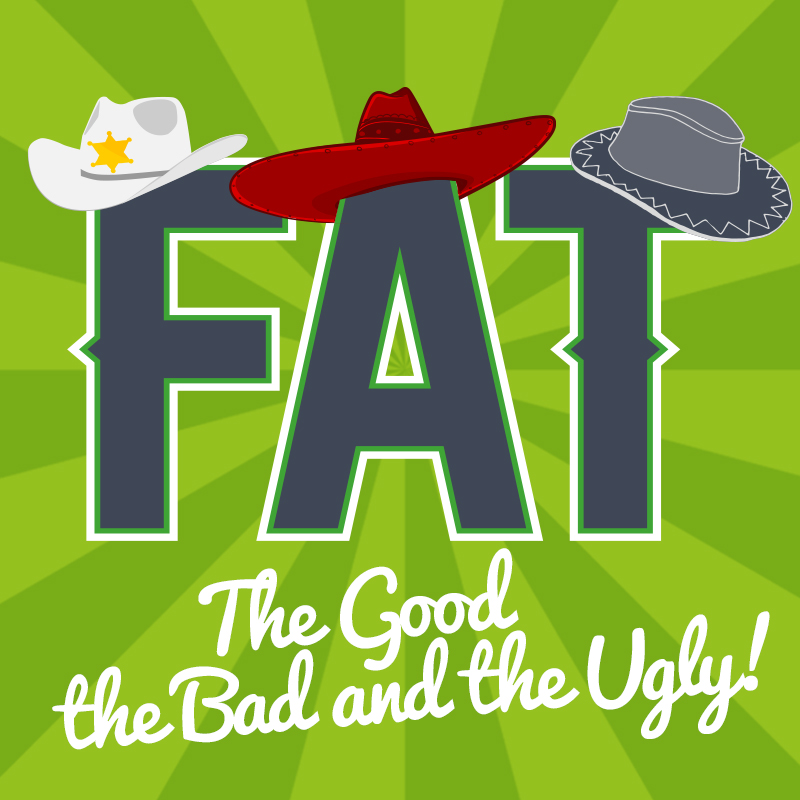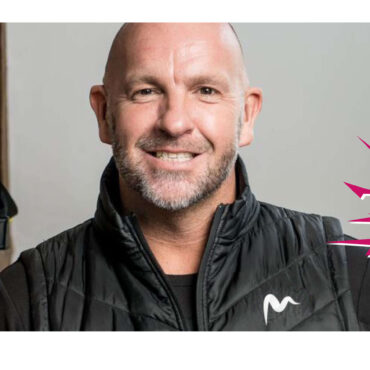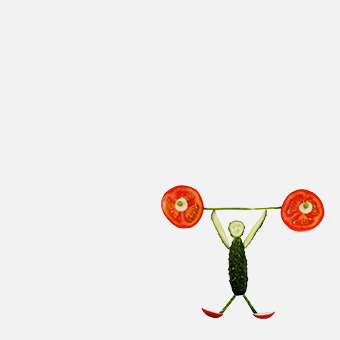Few things stir the pot of nutritional controversy like dietary fat. Think of a famous plate of English grub and chances are it’ll hold more fat than a sumo wrestler’s jockstrap: fish and chips, sausage rolls, egg and bacon; pasties, pies and pork scratchings – we might as well be dining with the devil.
But before we jump on the nearest anti-fat bandwagon, we need to take a closer look at this dietary demon – things are not as simple as they seem.
So, what is fat?
Technically fat is classed as a ‘macronutrient’ – along with carbohydrates and proteins. Macronutrients are vital sources of energy. They give us the calories that power our bodies. But along with fuel, we need fats to help our bodies absorb vitamins – particularly A, D and E – and to produce essential hormones. Fat helps keep our skin and hair healthy, provides insulation against the cold, and protects our organs. In short, a certain amount of the right kind of fat is essential for a healthy diet.
Are all fats born equal?
No. And this is the rub. Some fats are much better for you than others. There are four basic types of fat in our diets:
- Saturated fats
- Trans fats
- Monounsaturated fats
- Polyunsaturated fats
The first two, the bad fats, you want to cut down on – and yes that does mean going easy on some of those English favourites – or, with trans fats, avoid them altogether. They can raise bad (LDL) cholesterol, and lead to heart disease and stroke, particularly if you overdo it. (The good news is that, in the UK, trans fats are being phased out. Most of us eat a lot less than the maximum daily recommended amount – and most UK supermarkets have ditched trans fats from their own brands.)
Major sources of saturated fats include:
- Butter, ghee, lard and cheese, particularly hard cheeses
- Fatty cuts of meat and processed meat products like sausages, pies and salami
- Biscuits, cakes and pastries
- Chocolates
Mono and polyunsaturated fats on the other hand can be good for you. Monounsaturated fats can look after your heart by boosting good HDL cholesterol and cutting bad LDL. Sources of monounsaturated fats include:
- Olive and rapeseed oils
- Olives
- Avocados
- Nuts
Polyunsaturated fats come in two types, omega-3 and omega-6. Some of these can’t be made by our bodies so it is essential we get them from our food. Omega-3 fats are found in oily fish, including:
- Mackerel
- Kippers
- Herring
- Trout
- Salmon
- Sardines
Omega-6 fats are found in vegetable oils such as rapeseed, corn and sunflower oils. Most of us get enough omega-6 but the NHS says we should eat at least two portion of oily fish a week to boost our omega-3.
Remember though that all fats are high in calories. There are nine calories in every gram of fat, whatever the variety. For proteins and carbs it’s around four. If you eat more fat than you burn, you’ll put on weight.
How much fat is enough?
Most of us in the UK eat too much saturated fat – it’s one of the reasons why we have high levels of heart disease and stroke. The government reckons that men should have less than 30g a day, while women should keep it under 20. For children it is lower still.
So goodbye to the pies?
Not necessarily. There’s no reason why a healthy diet can’t include a few treats now and again. It’s getting the balance right. Aim to swap out the bulk of unhealthy fats, avoid trans altogether, and there’s nothing to stop you scarfing the odd chip butty. It’s all in the balance.


















